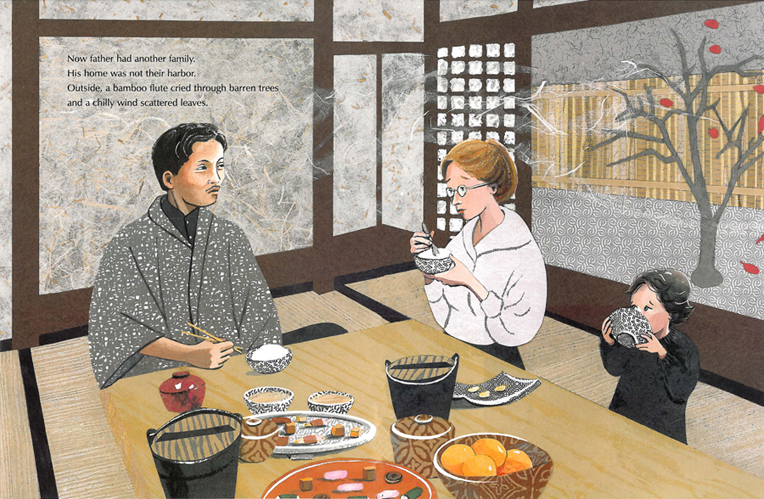 |
| Dust of Snow (M.A. Reilly, 2014) |
The first time the rabbi came, Rob was in intensive care. It was a Friday evening and the rabbi slid open the door to the room and greeted Rob. He had brought with him two electric candles (oxygen was being pumped into Rob), grape juice, and challah to celebrate Shabbat with Rob. I excused myself and returned a bit later to thank the rabbi. My husband would live just 6 weeks more and for the next three Friday’s he spent in the hospital always in a different room, the same rabbi, sometimes accompanied by his wife, sometimes with his sons, came to celebrate Shabbat with Rob. On what would be his last visit as Rob was in palliative care and would be coming home to die, the rabbi gave me his email and asked that I contact him to let him know about Rob.
We will keep him and you in prayer, he told me.
The visits from the rabbi and celebrating Shabbat each Friday night brought Rob peace—peace that wrapped around him when he was home and no longer could hold on to days, or places, or names. During those last days of his life, Rob would now and then tell me about all the fanciful things he was seeing as he edged from this life to the next.
When I heard about the shooting at Tree of Life synagogue in Pittsburgh, I thought about the rabbi who spent Friday nights with Rob celebrating Shabbat and how he brought both faith and kindness during each visit. Ceremonies, especially ones tied to faith, connect or reconnect us to something larger than ourselves. In many ways that is the definition of grace—that reconnection to other.
One of the murdered, Rose Mallinger, was a Holocaust survivor. Each of the eleven murdered have families whose grief will rise after the awful shock that something heinous happened lessens. I’d like to think that connections among us remain even when our bodies are no longer present. As I wrote this I had a powerful feeling that Rob was there in heaven to welcome Rose and the others.






